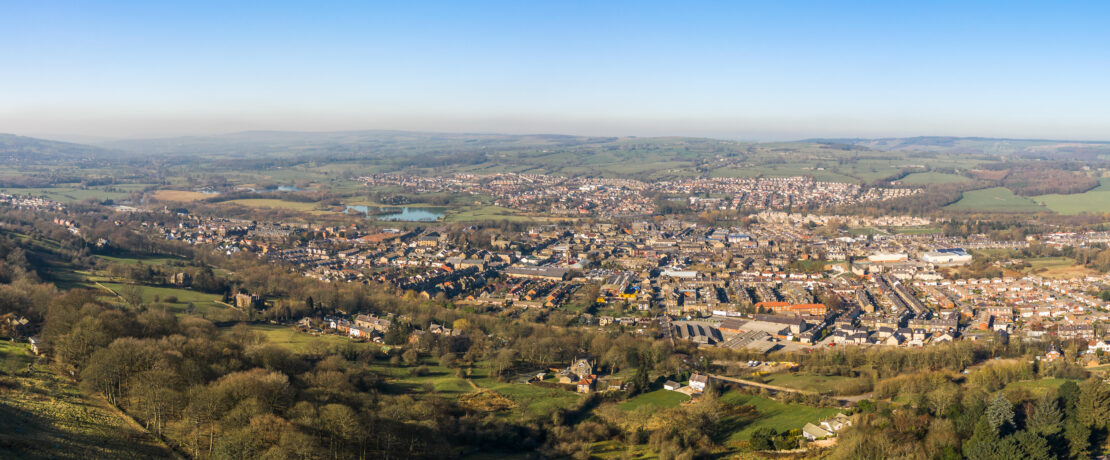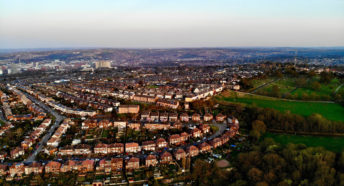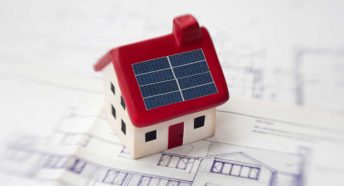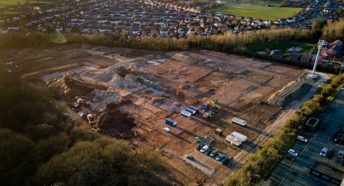All you need to know about the Green Belt
The green belt continues to be central to our campaigning work. But what is the green belt? And why do we care so much about protecting it? Find out in our jargon-busting explainer.
What is the Green Belt?
Green Belts are fourteen areas of land that are protected from most forms of development. Local Planning Authorities are responsible for designating land as ‘Green Belt’ through powers established in the Town and Country Planning Act 1947. Around London, some small areas are designated Green Belt by an earlier statute (1938). The designation is formalised in Local Plans, which set policies for the local area. Local Plans are used to inform decisions on development, ensuring it is sustainable, meets relevant policies and guidance and reflects local needs.
The Green Belt and planning
The Government set out its approach to how we use land within the Green Belt in the National Planning Policy Framework (NPPF), which was last updated in July 2021. The NPPF sets out the government’s planning policies for England and how they should be applied.
Local Planning Authorities are encouraged to follow the guidance in the NPPF, which sets out a general presumption against development in the Green Belt unless there are exceptional circumstances. Local Planning Authorities are also responsible for producing planning policies protecting and enhancing the Green Belt, in line with the NPPF guidance.
Currently, national planning policies to protect the Green Belt aren’t statutory (bound by law). However, the Government is consulting on the introduction of national development management policies (NDMPs), which may include a new policy on protecting and enhancing the Green Belt.
In a minority of cases, there are brownfield (previously developed) sites within the Green Belt. Quite often these sites are airfields, old hospitals or research establishments. These sites are often redeveloped for housing and in many cases, this can happen without causing urban sprawl or damage to the countryside feel of the Green Belt. And, like in National Parks and Areas of Outstanding Natural Beauty, there are communities within the Green Belt that choose to develop small schemes of affordable homes for local people on so-called ‘rural exception sites’. This can and does happen without causing lasting damage to the functions the Green Belt fulfils.
Not all large towns and cities have Green Belts around them – most notably Leicester and Teesside. At the very least, we would want the countryside around these large towns to be as well managed as we think the Green Belts should be.
Why do Green Belts exist?
Green Belts are often spoken about in the context of all the bad things that they prevent. In land use planning terms, the primary function of the Green Belt is to prevent urban sprawl, a phenomenon whereby cities expand outwards into neighbouring countryside, which eventually results in towns and cities merging and the valuable green space between them being damaged or lost altogether. Because of this, it’s more difficult to obtain planning permission for development on Green Belt land.
While the Green Belt does help to perform these functions, the original intent was more than just a vanguard against development. If we talk about what the Green Belt ‘prevents’, we miss its crucial function: what it offers. When it was first coined as a term, the Green Belt was proposed to offer urban communities access to green space for recreation and to improve public health. This is exactly why CPRE often talks about the Green Belt being ‘the countryside next door’ for around half the population and one of the many reasons we campaign passionately for it to be protected, enhanced, and expanded.
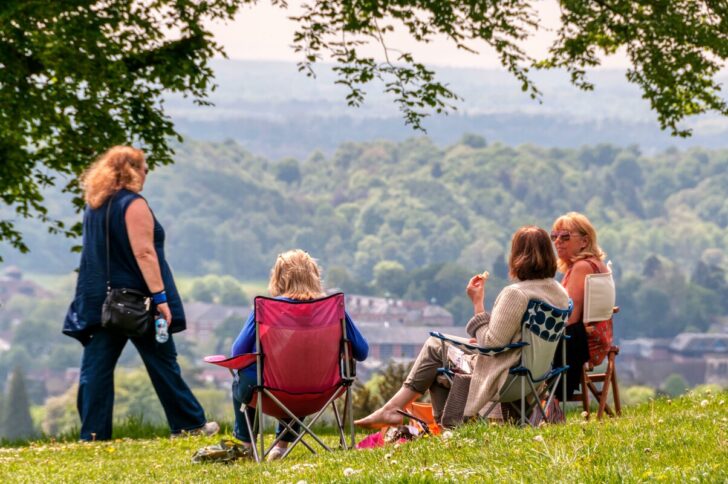
But what Green Belt land offers surpasses even this. There are so many benefits to having Green Belt land designated around urban areas, and that’s what we’re going to come to next.
Benefits of the Green Belt
Health and wellbeing
As we saw during the coronavirus pandemic, more people came to realise the importance of green spaces for their mental, social and physical wellbeing. England’s Green Belt plays a crucial part in this. For example, it contains more than 30,000km of rights of way and provides important access to nature for more than 30 million people. The People and Nature Survey by Natural England noted that since the COVID-19 pandemic, 38% of people felt that nature was more important to them than ever and 41% felt that visiting local green and natural spaces was even more important to their wellbeing.
Better management of the Green Belt (as well as other countryside around our largest towns and cities) will provide opportunities for a large section of the population to interact with green space, nature and cultural heritage.
Food and farming
65.6% of Green Belt land is registered as agricultural land. Green Belt farmland has the potential to provide local produce to the many urban areas within the Green Belt, improving food security and self-sufficiency as well as reducing food miles. Just over a quarter (28%, or 310,000 hectares) of all the usable farmland in Green Belts is covered by agri-environment schemes that aim to improve the value of farmland for nature and for public access. CPRE is calling for this coverage to be doubled so that over half of all Green Belt farmland is covered by such schemes.
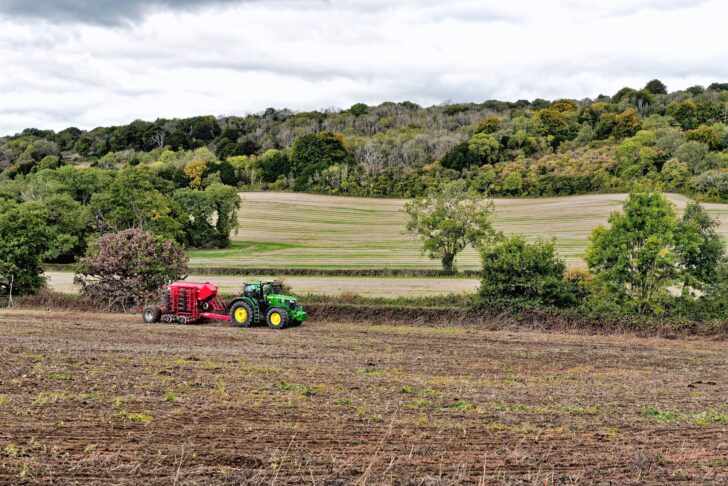
Climate change and wildlife
CPRE supports the Natural Capital Committee’s 2015 recommendation to create 350,000 hectares of new woodland and wetland close to urban areas. Green Belt land will be the obvious place for most of this new habitat, and our local group in London is leading calls for a new M25 of trees to provide a ring around the city. There’s lots of scope for carbon sequestration and reduction through the planting and retention of mature woodland, standing grassland and peatland.
In cases where new woodland and wetland is created especially, Green Belt land can absorb and intercept heavy rainfall and help protect against flooding, which is something we’re likely to see more of as a result of climate change.
But even as it is, Green Belt land includes both significant areas of deciduous woodland (140,000 hectares) and floodplain (around 130,000 hectares). It also contains around a fifth of our ancient woodland and a third of our nature reserves. As is so often the case, natural landscapes like this double up as nature-based solutions to climate change as well as vital wildlife habitats.
Green Belt land encompasses the 16 largest urban cores of England, and so are a huge part of our green infrastructure network. They bridge the gap between the natural environment and the built environment in urban areas and help to lessen and otherwise mitigate the urban heat island effect.
Why should you care about the Green Belt?
The countryside near our towns and cities is a vital solution to many of the issues we face today. From the food we eat to the homes we need, the paths we wander, to the nature that we cherish, the Green Belt provides us with so much and has the potential to give so much more.
We believe the countryside is for everyone. So, whether you live in a cottage in a rural hamlet or an inner-city apartment, everyone deserves clean air and space to breathe. Our Green Belt provides accessible green space for approximately half our population and should not be depleted.
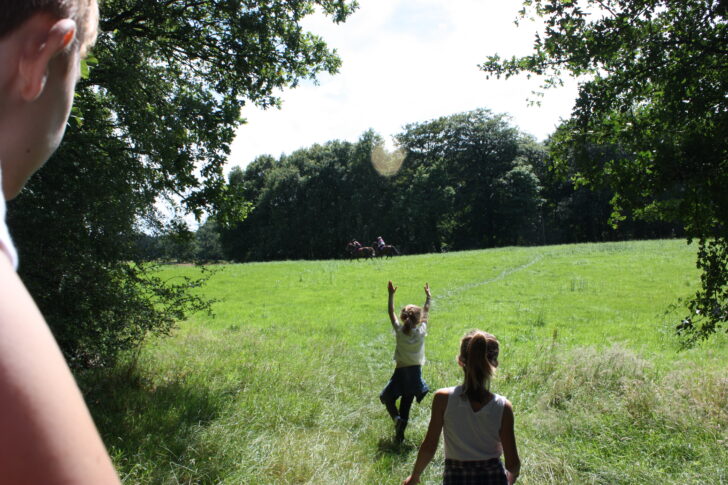
Access to nature is one of the fundamental reasons that the Green Belt exists. And we don’t just want to protect the Green Belt for us, either. It’s a bastion for wildlife and needs protecting and expanding now more than ever in our increasingly nature-depleted country.
Green Belt ‘in the crosshairs’
Sadly, however, the Green Belt is more threatened than ever. It’s in the crosshairs of huge corporate housebuilders, developers and lobbyists who see it as a barrier to profit. Even worse, our recent report has found that speculative development in the Green Belt is still skewed towards expensive, executive homes. This means that despite what some may argue, releasing Green Belt land isn’t delivering affordable housing to the people that need it most. Meanwhile, opportunities to enhance and improve the Green Belt for those that rely on it have gone completely untapped.
Our Green Belt is the work of generations before us who have stood up and fought to protect the countryside for us all to enjoy, making it the heart of who we are as a nation.
In the run-up to an era-defining general election, we need to challenge our elected officials to see, value and protect the countryside next door for what it is and what it can be. A living network for our rural communities, the frontline in our fight to prevent climate collapse, a vital home for wildlife, and an irreplaceable space where millions of people across the country can enjoy fresh air and the great outdoors.
We’re calling on the next government to protect, promote and enhance the Green Belt, ensuring that this special part of the countryside lives up to all that it can be.
New report available
Our 2023 ‘State of the Green Belt’ report is out now! You can read it here.
You can also find out if there is any Green Belt in your area by using our interactive map.
